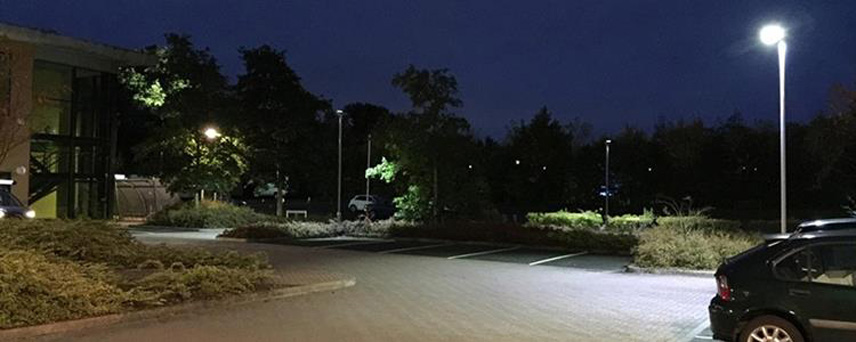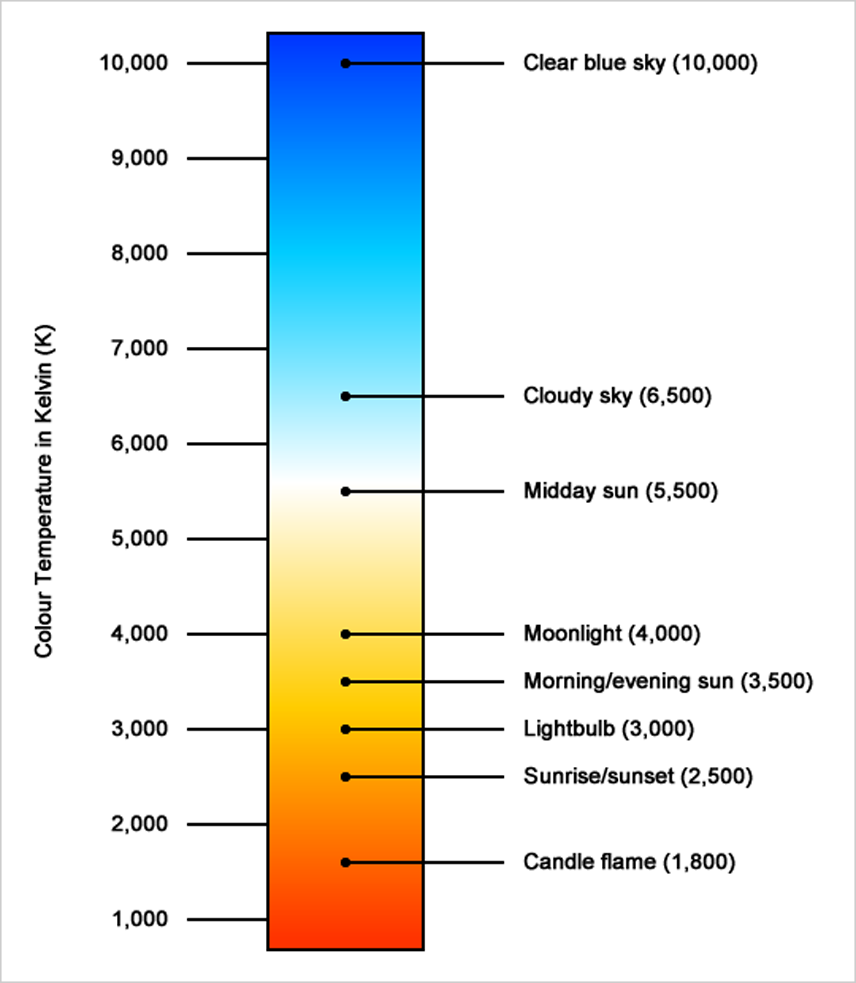

| Product Type | Luminous Efficacy (lm/W) |
| LED A19 lamp (warm white) | 94 |
| LED PAR38 lamp (warm white) | 78 |
| LED troffer 1'x4' (warm white) | 118 |
| LED high/low-bay fixture (warm white) | 119 |
| OLED Luminaire | 52 |
| High intensity discharge system (high watt) | 115 |
| Linear fluorescent system | 108 |
| High intensity discharge system (low watt) | 104 |
| Compact fluorescent lamp | 73 |
| Halogen | 20 |
| Incandescent | 15 |
| L70 lifetime claim (hrs.) | Minimum lumen maintenance at 6,000 hours (%) |
| 25,000 | 91.8 |
| 35,000 | 94.1 |
| 50,000 | 95.8 |
